Kathleen McKenna’s diptych reveals how a clear image of self is formed from, and complicated by, layers of recalled experiences that question how we can be the same person today we were ten years ago, or even yesterday.
John and Jean Sullivan commissioned this portrait of their adolescent daughter, Margo. The painting was completed in McKenna’s studio where Margo posed on a windowseat constructed by the artist to resemble the model’s favorite spot in the Sullivan’s living room.
The luminous painting is a masterful character study of a beautiful eleven year old, with long angular limbs and an unselfconscious expression. McKenna’s use of color is not simply bold but truly adventurous, and gives her work a power that goes beyond mere transcription. Particularly notable is the way she allows the bright orange reflected light from the pillow to completely envelop Margo’s arms and face.
Art Historian
Curator, “A Century of Portraiture”
One of the great strengths of the Midyear Show is its diversity. While we each view the show differently, we can agree that many great moments of painting are here. This show demands many visits to reveal its greatness immediately and gradually, for there are as many artistic visions at work as there are artists: Kent Addison’s meticulously rendered still life, Harvey Dinnerstein’s sensitive self-portrait, Joseph Ramsauer’s masterwork of design, Kathleen McKenna’s masterful use of color, Charles Ritchie’s haunting composition, Peter Sculthorpe’s superb watercolor, and Chuck Wood’s luminous still life.
Phil Desind, my former boss, often told me that the best painters in American history are those alive today. Looking at these impressive works, we see what he meant.
Exhibition Curator
Butler Institute of American Art
For McKenna, paintings begin in the Whistlerian tradition as abstract concepts and arrangements of color and form. The arrangement establishes the mood long before the identity of the subjects. The mood? Civility itself. Contempletive. Quiet. Pleasantly matter-of-factual, with a touch of the perspective of a Mary Cassatt. “Here I am as you find me,” the subjects say, even (and sometimes especially) when costumed or playing a part.
The palette leans to warm mixes of impressionist tones, with rich painting surfaces somewhere between the texture of velvet and silk. The treatment of figurative subjects in pastels is painterly and dramatic with less of the casual approach.
Art Critic
Kathleen McKenna provides her figures with plenty of light, space and air. Her informal portraits are done in broad, sweeping brush strokes in the manner of John Singer Sargent and Cecilia Beaux.
Art Critic
“Working from Life” is an apt title for the show since each of the works has the figure as its main focus. But, these are more than just portraits, they are painterly in an impressionistic way—always creating a mood or feeling, yet capturing the essence of the character portrayed. One feels that Kathleen McKenna knows her subjects well and understands them.
Gallery Director
The Cleveland Play House










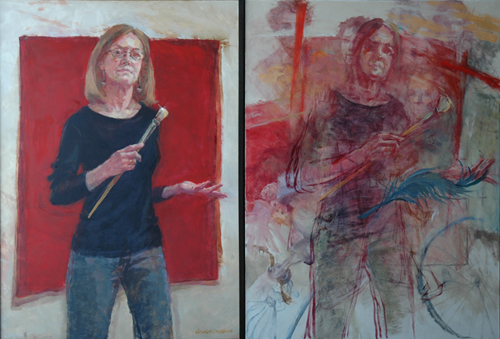
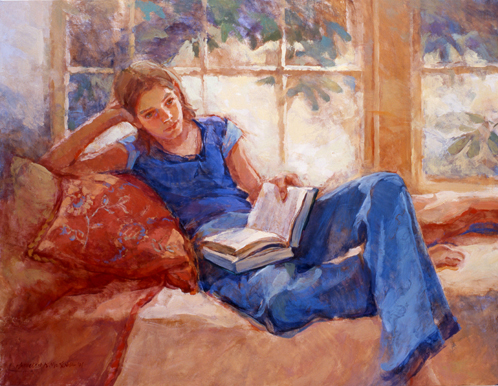
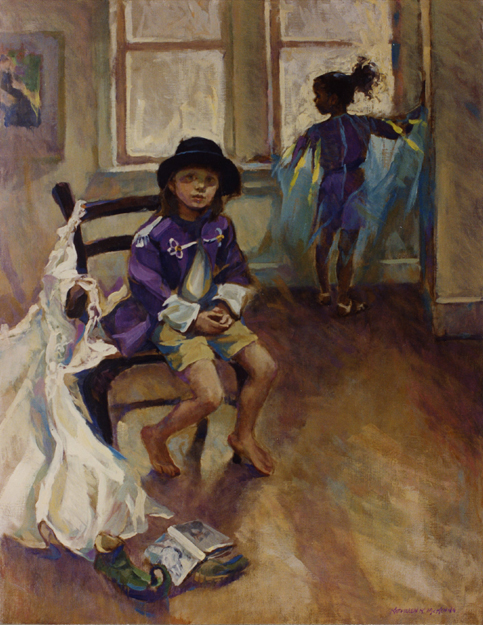
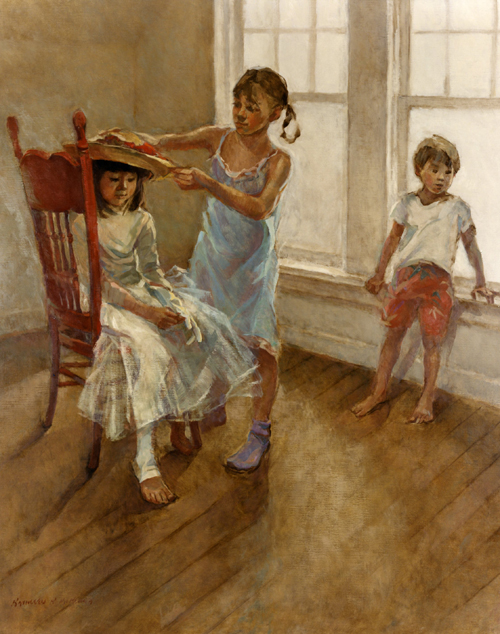
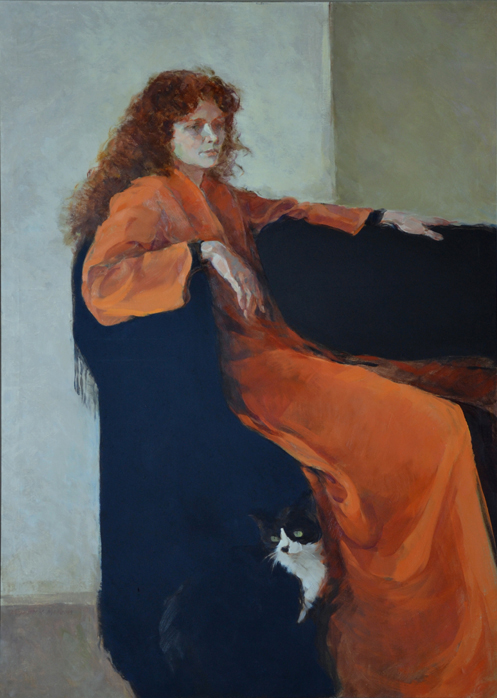
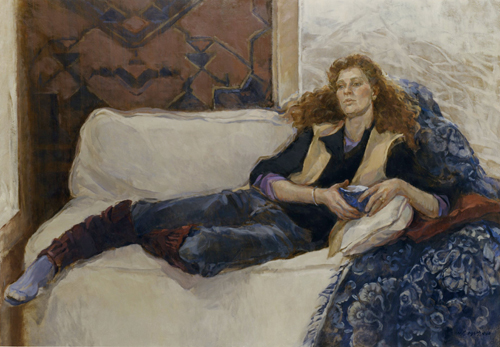
Art Historian